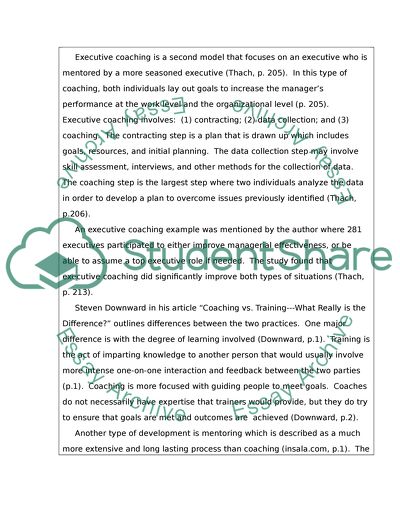Cite this document
(“Human Resources Essay Example | Topics and Well Written Essays - 1000 words - 1”, n.d.)
Retrieved from https://studentshare.org/family-consumer-science/1409518-human-resources
Retrieved from https://studentshare.org/family-consumer-science/1409518-human-resources
(Human Resources Essay Example | Topics and Well Written Essays - 1000 Words - 1)
https://studentshare.org/family-consumer-science/1409518-human-resources.
https://studentshare.org/family-consumer-science/1409518-human-resources.
“Human Resources Essay Example | Topics and Well Written Essays - 1000 Words - 1”, n.d. https://studentshare.org/family-consumer-science/1409518-human-resources.


